Honor 400 review: Beating the Galaxy A56 where it counts
Why you can trust Android Central
Our expert reviewers spend hours testing and comparing products and services so you can choose the best for you. Find out more about how we test.
Honor’s strategy revolves around its foldables and flagships — like the Magic V3 and Magic 7 Pro — but its mid-tier devices are also seeing decent momentum. It sold over 45 million units of its mid-rangers globally starting with the Honor 50, and that’s quite decent. Interestingly, Honor is the fastest-growing phone brand in the U.K. at a time when other manufacturers are seeing growth stagnate or decline, and the brand is continuing to bolster its presence in the region.
That brings us to the Honor 400. The follow-up to last year’s Honor 200, the Honor 400 has a new design, updated hardware, and a new 200MP camera at the back that take even better photos and videos. There are downgrades; the phone charges at 66W (instead of 100W), and it misses out on a tele lens this year — that’s exclusive to the Pro model.
It’s clear that Honor is positioning the device as an alternative to the Galaxy A56. If anything, Samsung made that job much easier this year by refusing to make any tangible upgrades to the A56. Even though the Honor 400 misses out on a tele lens, it does a better job in just about every measurable area against the Galaxy A56, and if you need a mid-ranger with a good design and great camera at the back, this is the phone to buy.
Honor 400: Pricing and availability
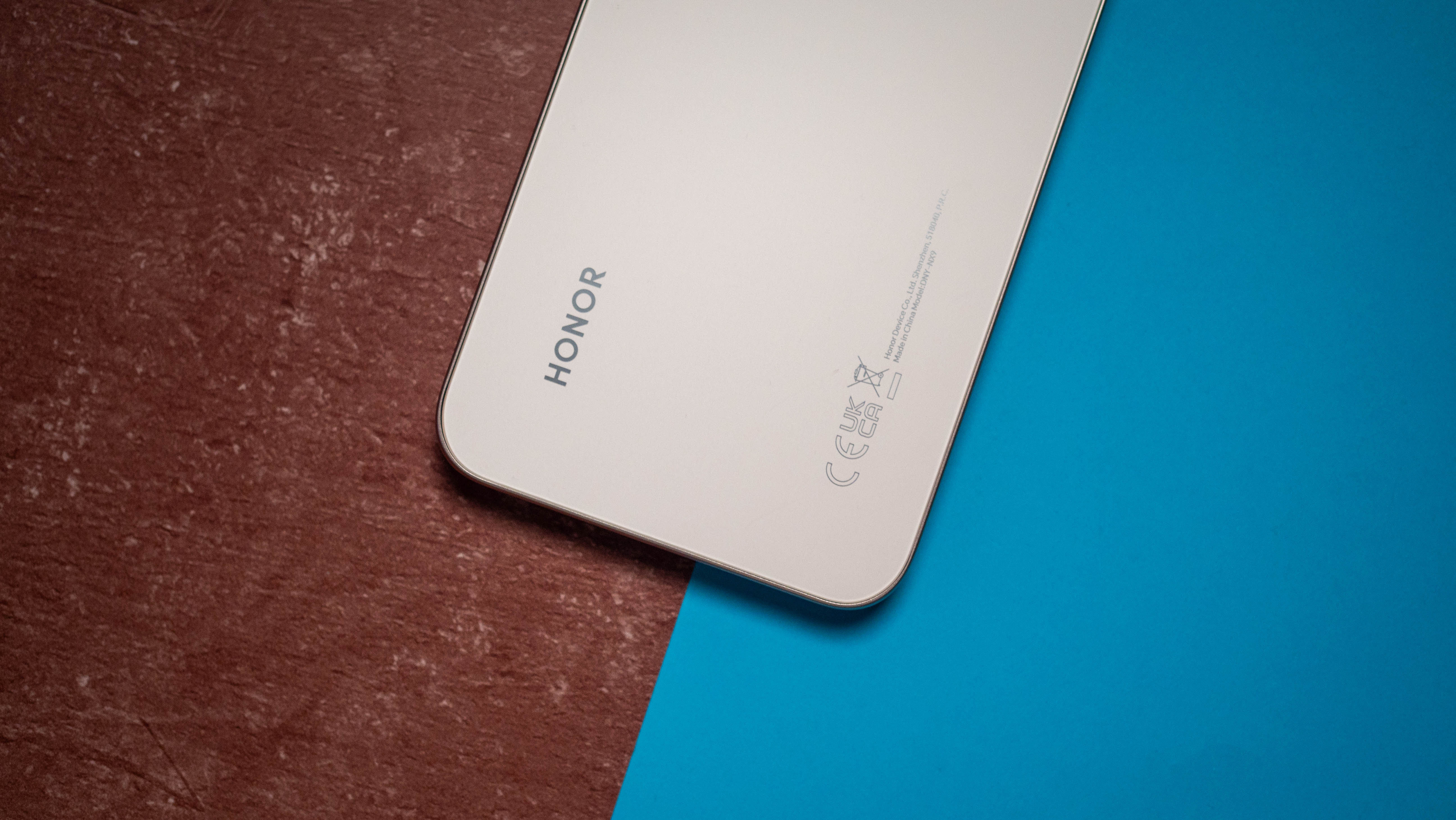
Honor unveiled the Honor 400 and Honor 400 Pro at an event in London on May 22, and both phones are going on sale in select regions starting in June. The standard model of the Honor 400 comes with 256GB of storage, and it costs €499 ($565) — €50 more than the equivalent A56. There’s also a 512GB variant that comes in at €549 ($621).
If you need a tele lens, you’ll need to get your hands on the Honor 400 Pro. The phone gets better hardware and 100W charging alongside a 50MP 3x tele module, but you’ll be shelling out €799 ($905). Of the two, the standard model is the better value by a big margin.
Honor 400: Design
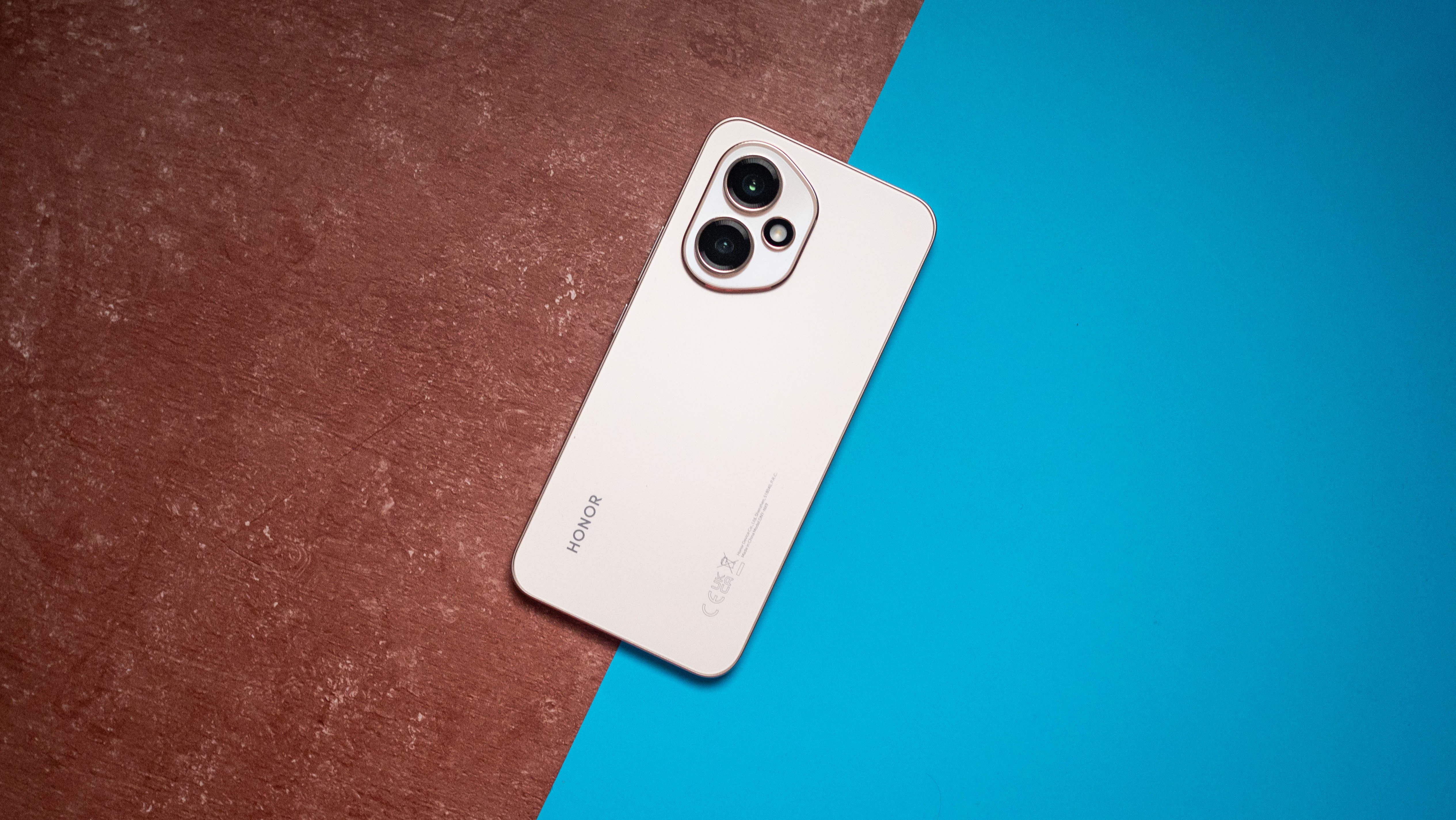
I like what Honor is doing with the design of its products, and the Honor 400 is no different. The phone has a redesigned camera housing at the back that looks similar to the Huawei Pura 70, and it looks clean. The phone has a flat profile, but the matte texture along with slight bevels makes it comfortable to hold.
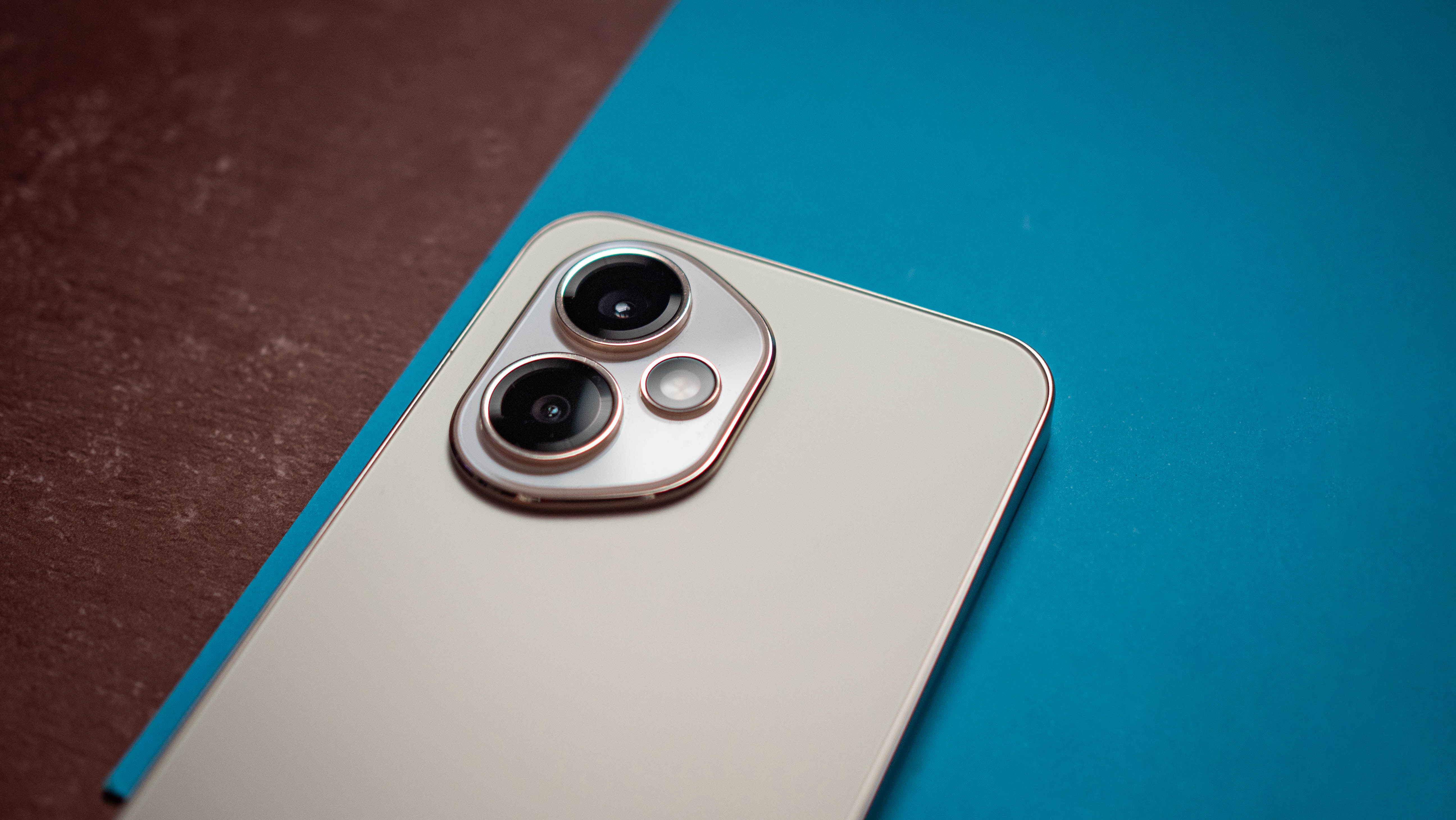
What I like the most is the size; the phone is smaller than most devices in this category thanks to a 6.55-inch panel, and it has a great in-hand feel. I wouldn’t call it a small phone, but it isn’t as wide and tall as the OnePlus 13R or Galaxy A56. It’s a smidgen taller than the Pixel 9a, but you get a bigger panel.
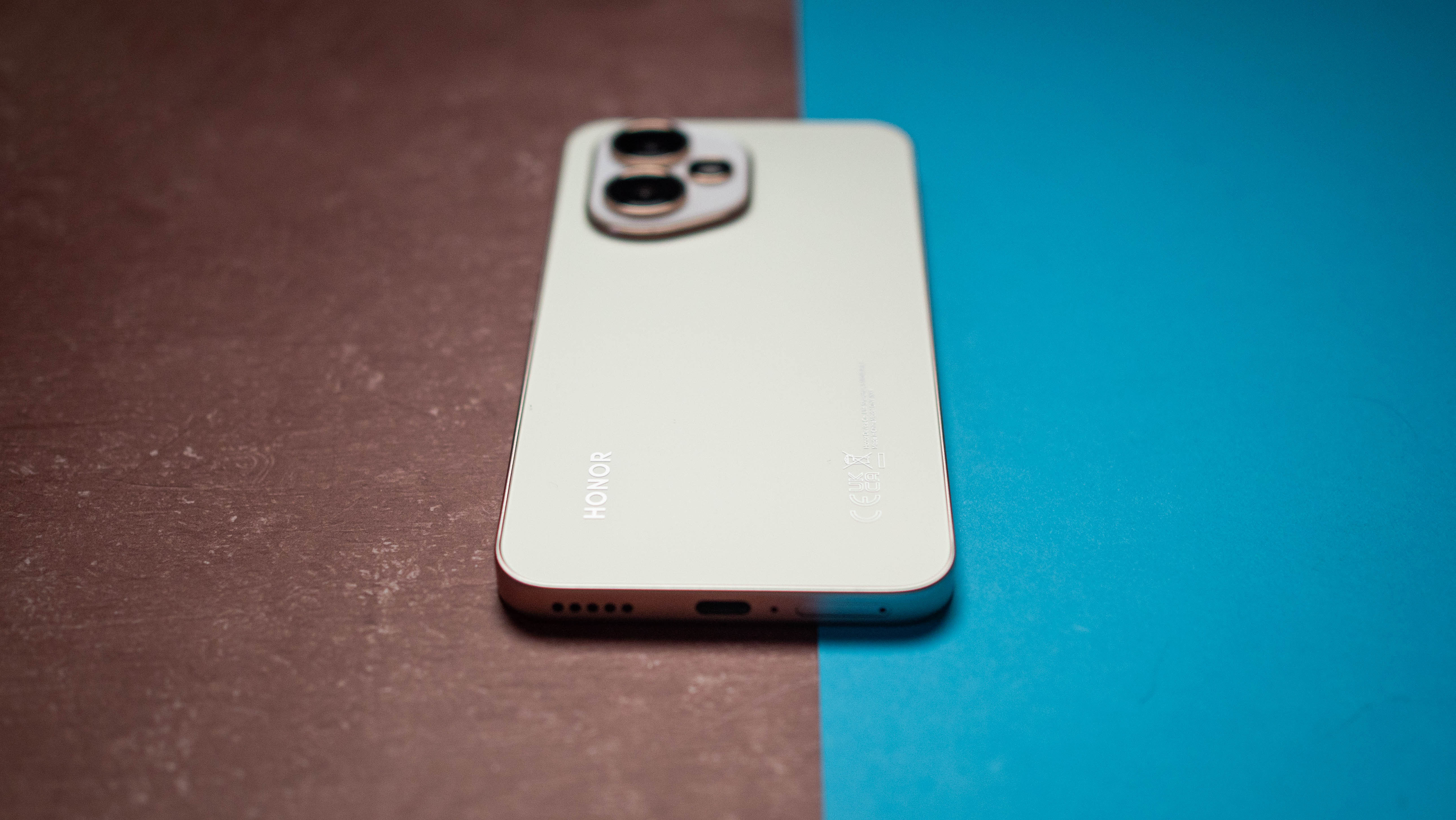
The Honor 400 gets the better color variants, and the Desert Gold model I’m using looks great. The back has a frosted texture that doesn’t pick up smudges, and Honor went with a polycarbonate design to save weight, so although the device gets a 5,300mAh battery, it is lighter than the Pixel 9a at 184g.
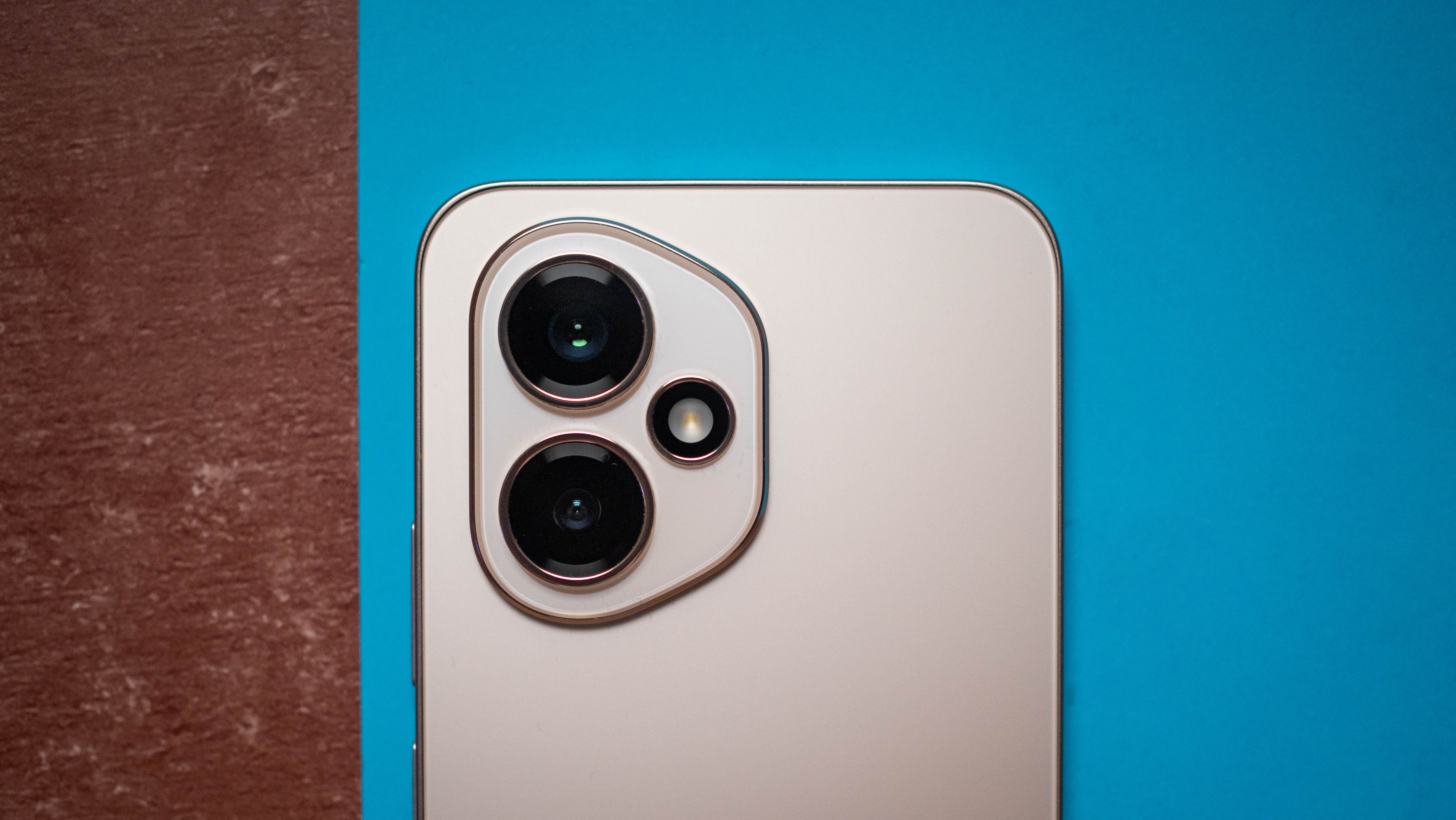
The camera housing doesn’t jut out considerably, but there is a slight wobble when using the phone on a table. There’s stereo sound and an IR blaster, and the SIM tray is located at the bottom next to the USB-C port. The bezels around the panel are thin, and Honor did a good job slotting in a 6.55-inch screen in this chassis.
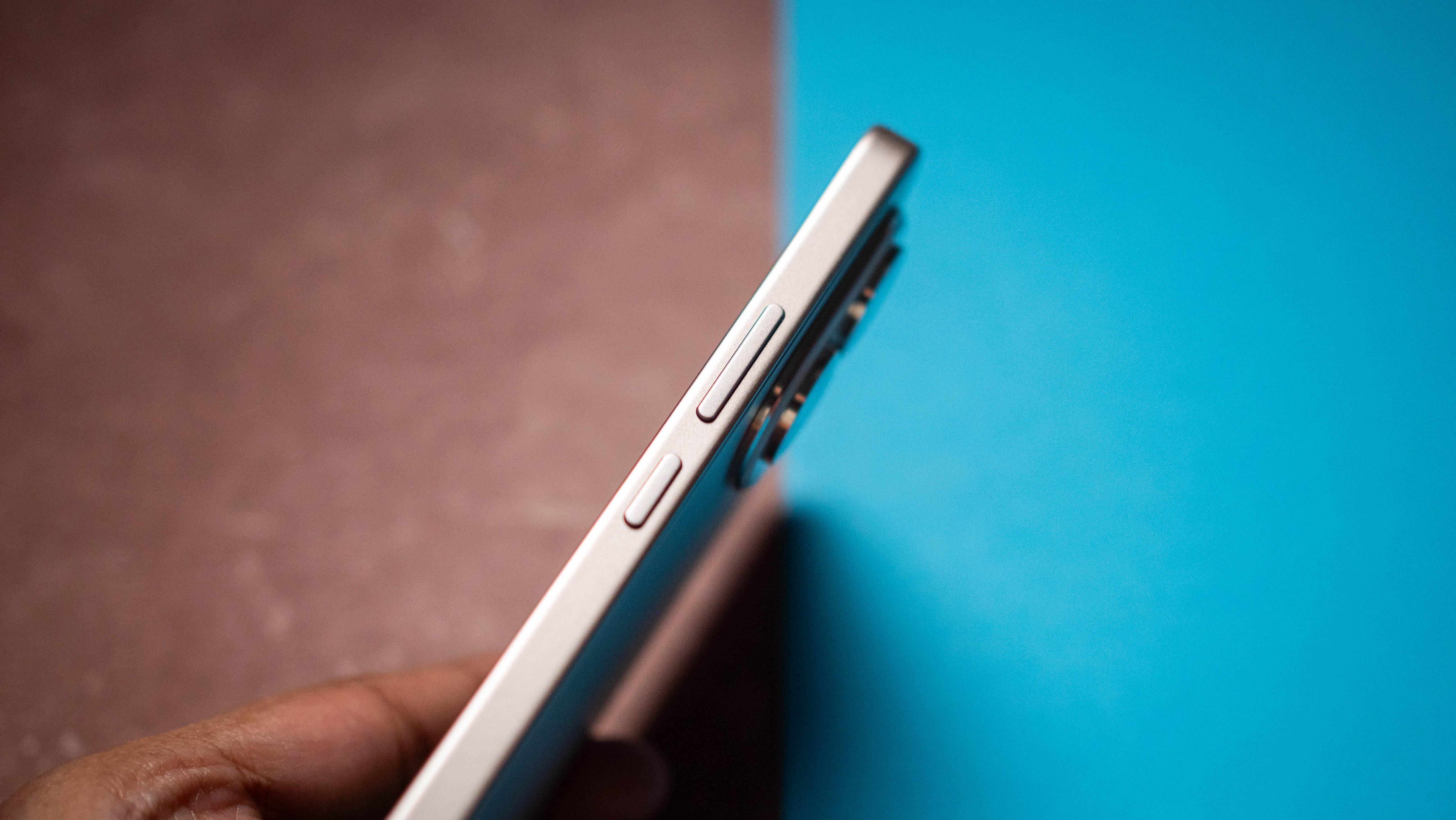
The buttons are located a little too low on the right, and I found it awkward to unlock the device when holding the phone one-handed. In a similar vein, the in-screen sensor is mounted too low on the panel, and it isn’t particularly convenient. Outside of that though, I didn’t see any problems with the design.
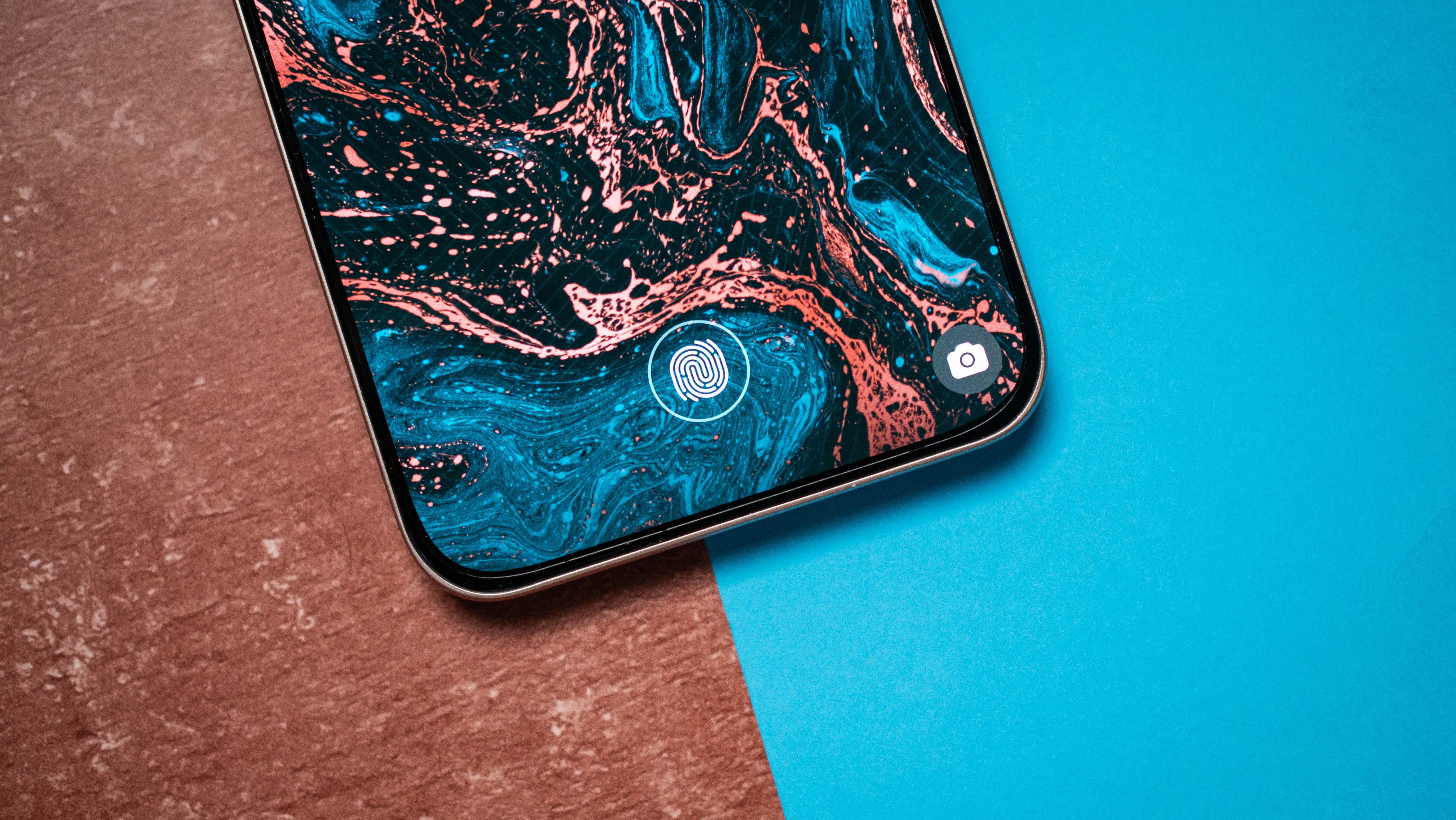
The Honor 400 gets IP66 ingress protection in most global markets, but the U.K. variant is limited to IP65 dust and water resistance. With most models in this category now providing IP67 or even IP68 as standard, Honor is on the backfoot in this area.
Honor 400: Display
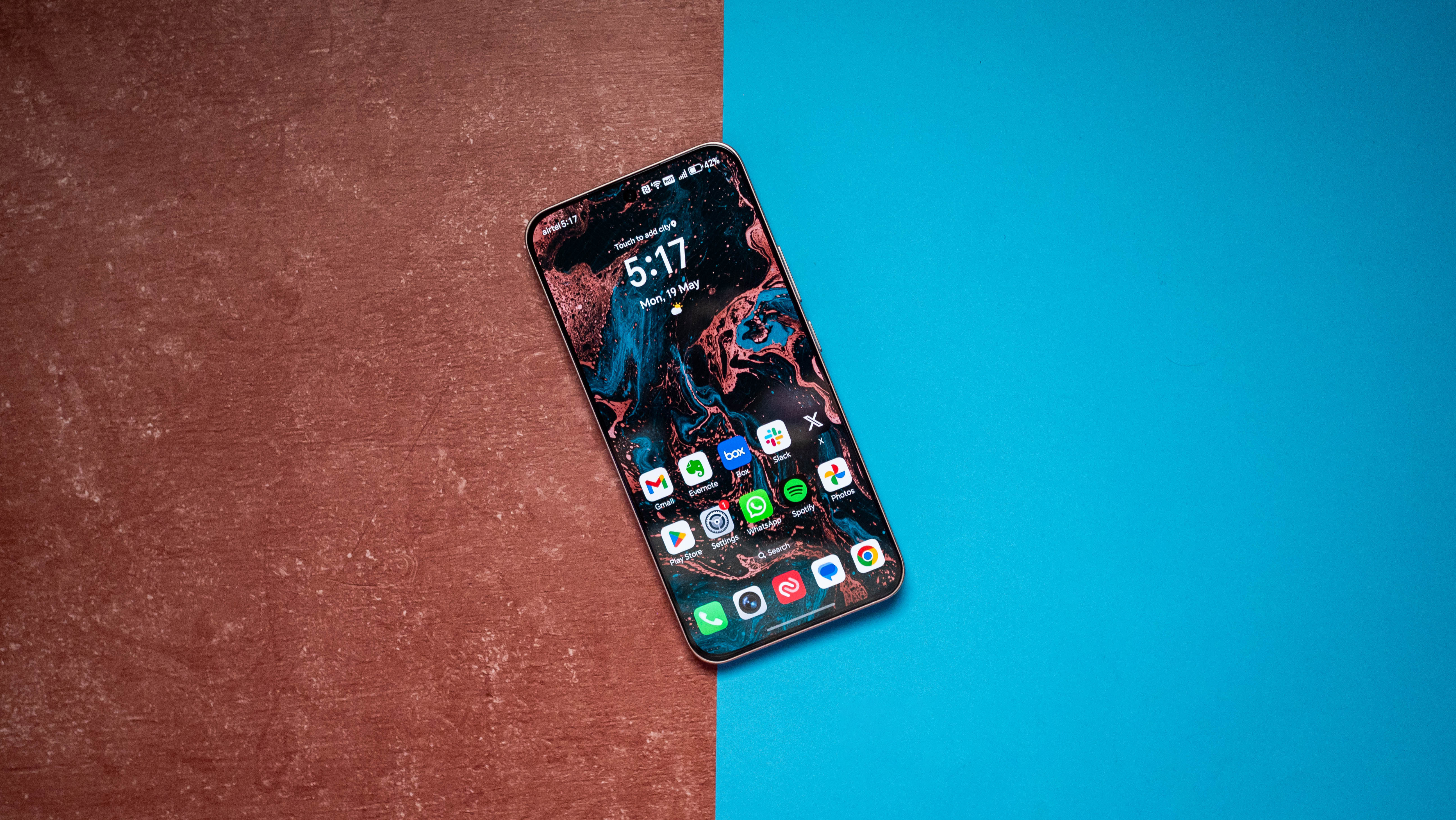
The Honor 400 gets a 6.55-inch OLED panel with 120Hz refresh and a 2736 x 1264 resolution. It has good color vibrancy and contrast levels out of the box, and I didn’t see any issues using the device outdoors — it gets brighter than the A56.
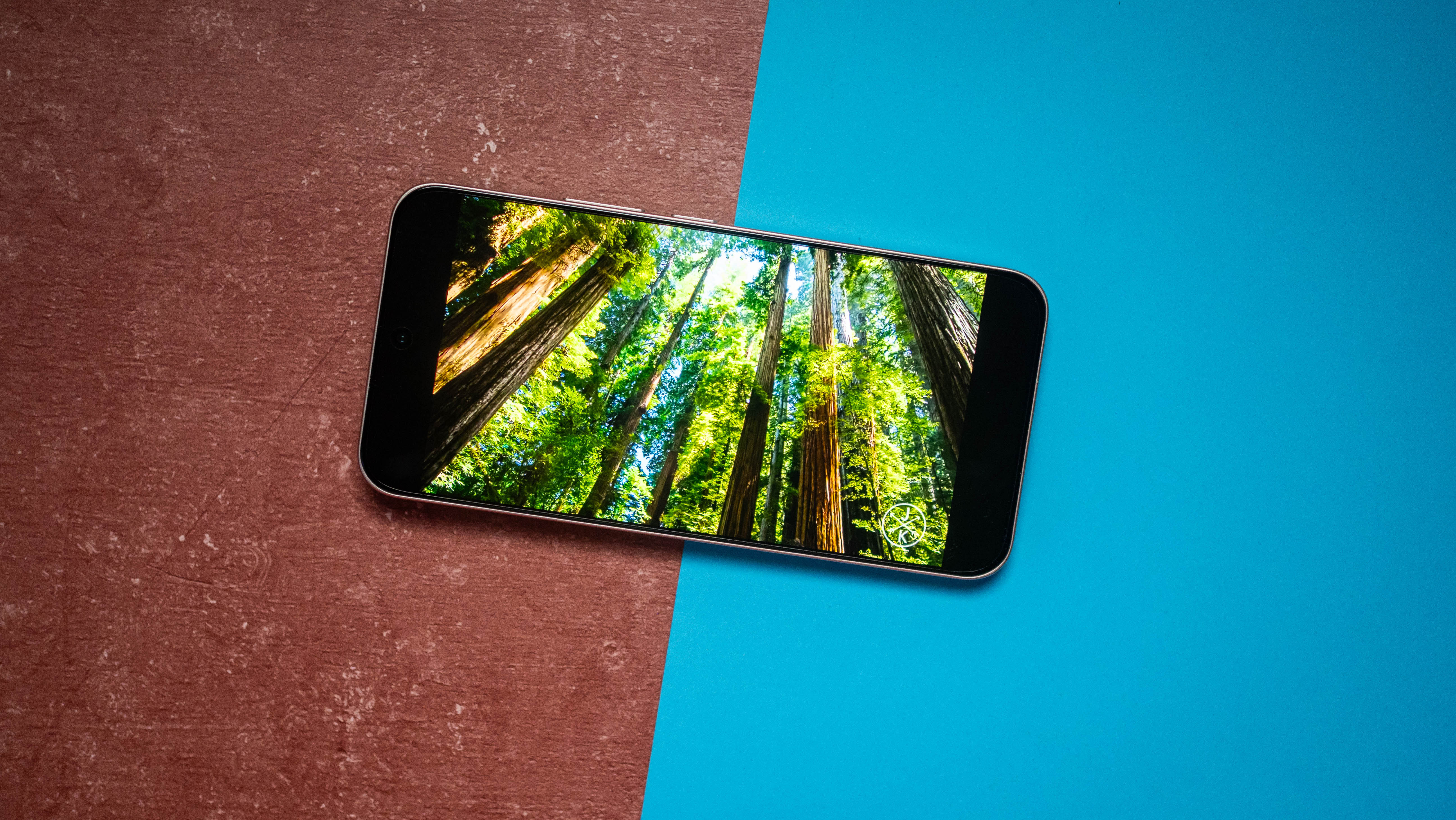
Honor continues to lead the way with eye protection tech, and the Honor 400 gets AI Defocus Eyecare, 3840Hz PWM dimming as standard (something Samsung refuses to bring to its devices), hardware-level blue light protection, and Ultra Dark Mode that lowers the brightness to just 1.5 nits at night. If you’re sensitive to PWM issues or need a device that doesn’t cause any eye strain, this is the one to get.
On that note, my colleague Nick Sutrich analyzed the panel on the 400 Pro — which is identical to the standard model, but bigger at 6.7 inches — against the 200 Pro:

Watch On
The phone retains a dedicated ebook mode that switches to monochrome, and I find it useful when reading long-form content on the go. At the other end of the scale, HDR content looks good on the device, and the stereo sound gets loud and detailed. While it isn’t the most powerful mid-ranger, it does a decent job with casual gaming in general.
Honor 400: Hardware
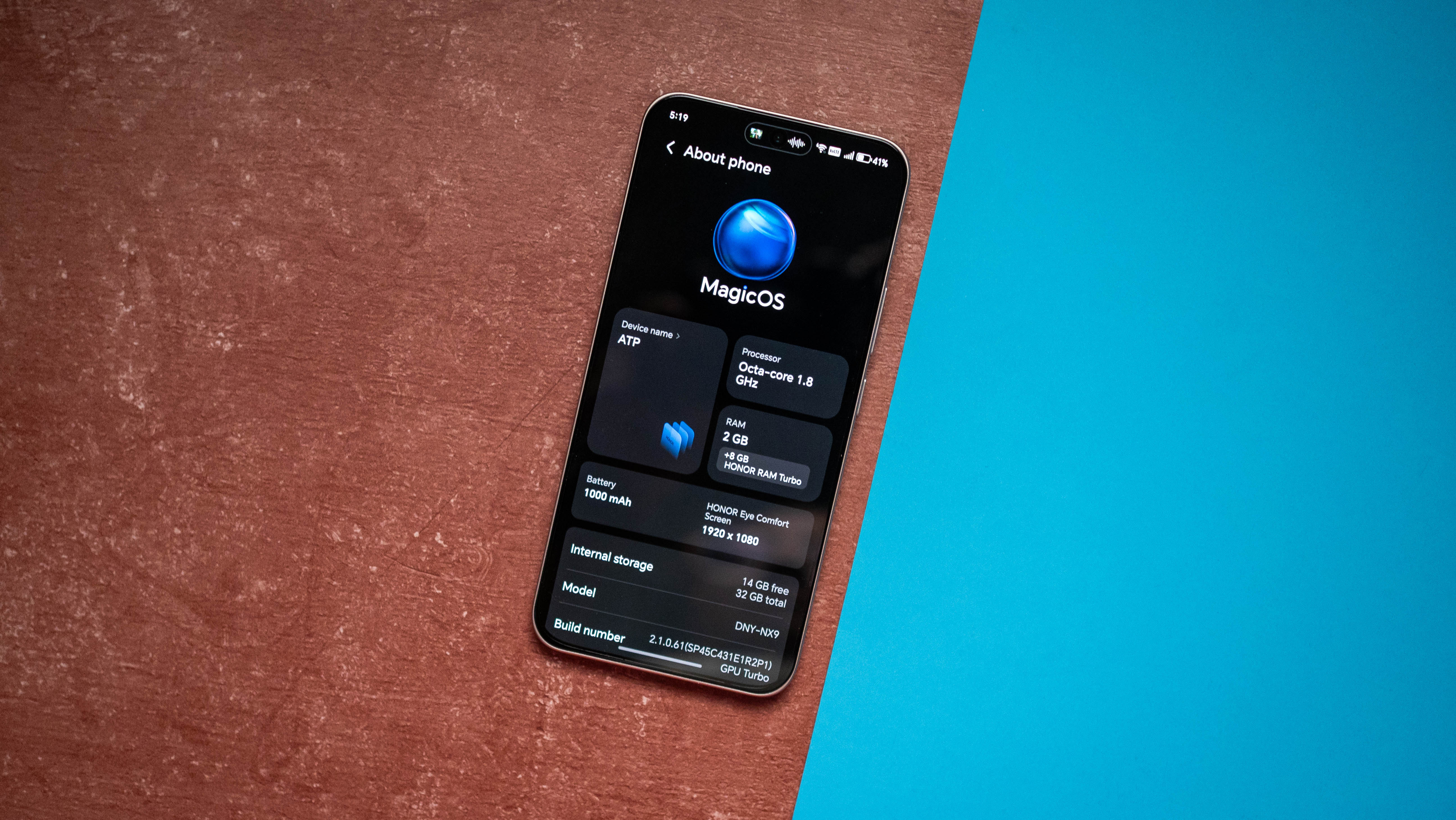
Honor went with the same Snapdragon 7 Gen 3 platform as the Honor 200; I would have liked to see the 7s Gen 3 as it holds up better with demanding use cases. As it stands, there is some lag at times while multitasking, and you’ll need to turn down the settings in visually-intensive games to get playable framerates.
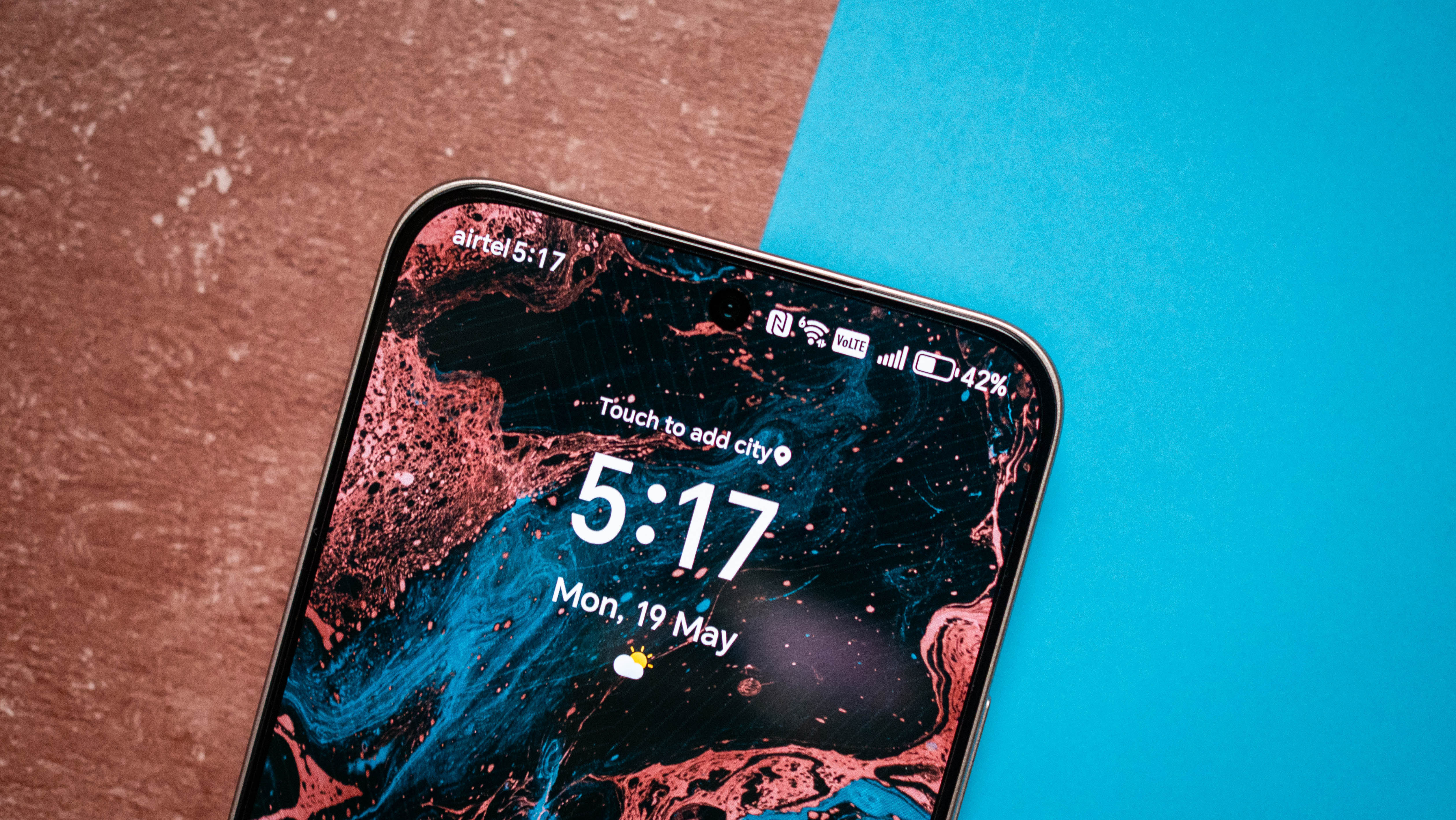
It’s clear that Honor isn’t positioning this device as a gamer-focused choice, but it holds its own against the Galaxy A56, and I believe that was the consideration when deciding the internals. The phone gets 8GB of RAM as standard, and the base model has 256GB of UFS 3.1 storage, with a 512GB model also available.
|
Category |
Honor 400 |
POCO F7 Pro |
OnePlus 13R |
|---|---|---|---|
|
Geekbench 6 (single-core) |
1076 |
2111 |
2093 |
|
Geekbench 6 (multi-core) |
2989 |
6096 |
6246 |
|
Geekbench AI (Quantized Score) |
1655 |
2148 |
3041 |
|
3DMark Wild Life Extreme (score) |
1402 |
4160 |
4550 |
|
3DMark Wild Life Extreme (FPS) |
8.4 |
24.91 |
27.25 |
The Honor 400 doesn’t quite measure up to its other mid-rangers when it comes to the internals, with both the OnePlus 13R and POCO F7 Pro doing a much better job in this regard. That said, it doesn’t overheat, and in 3DMark’s demanding Steel Nomad Light stress test, it went up to a maximum of 47 degrees. Throttling isn’t an issue either, but then again, it doesn’t have much power to begin with.
I ran into problems with connectivity on the device, both on my home network and cellular data. There were instances where pages would refuse to load, and I had to refresh several times or toggle connectivity to get it going again. A software update sorted out most of these issues, and retail units shouldn’t have this problem.
The model I’m testing has a 5300mAh battery, and just like the Magic 7 Pro, it uses silicon-carbon tech. I routinely got over a day’s worth of use without any issues, and even with heavy use, the phone lasted until the end of the night. The 66W charging tech ensures the battery charges in under 50 minutes.
Honor 400: Cameras
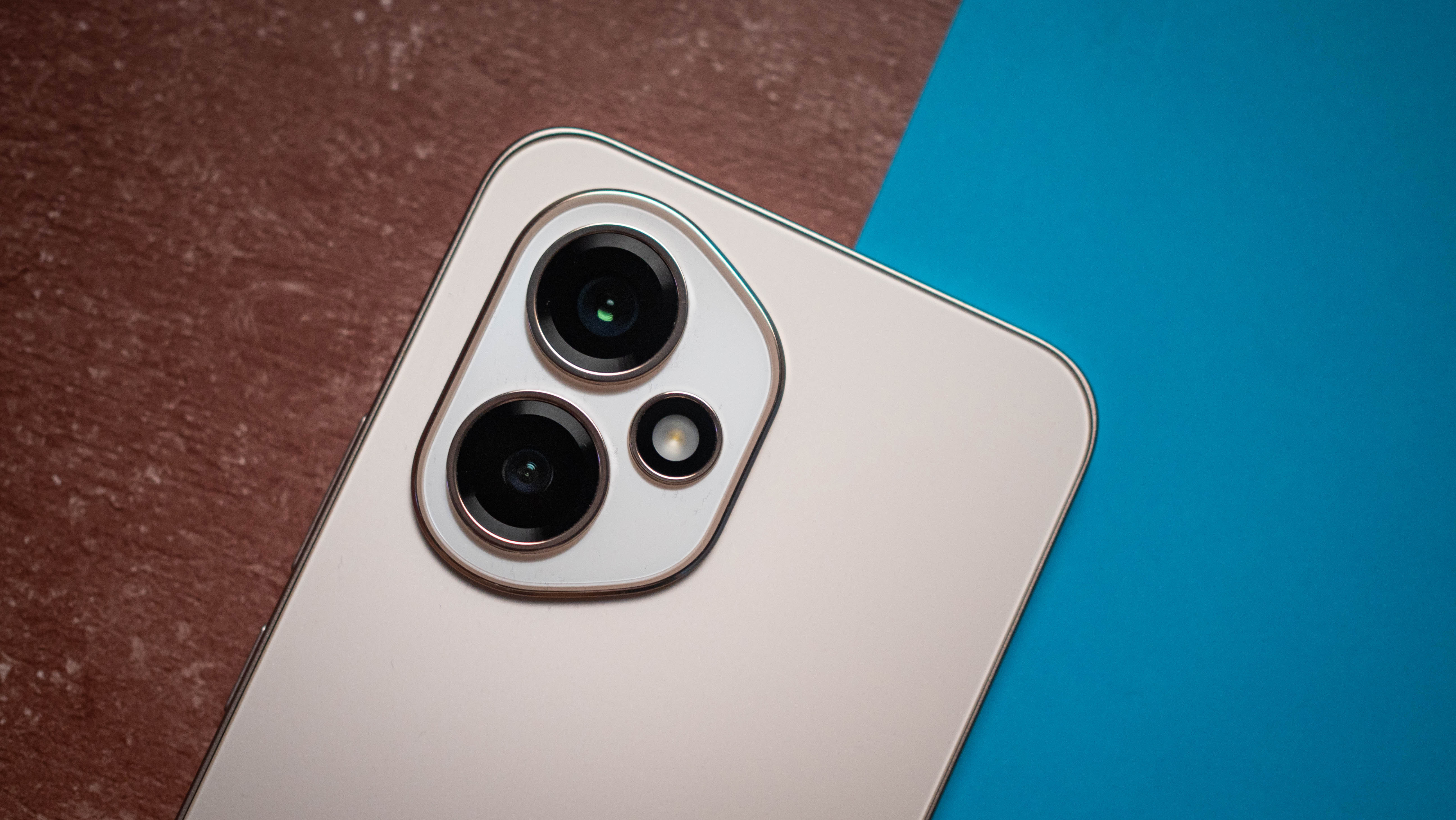
Honor went with a new 200MP imaging module with a 1/1.4-inch sensor, and a 12MP wide-angle lens. The main camera gets OIS, and the standard model misses out on a tele lens. I would have liked a telephoto lens in lieu of a wide-angle as I tend to use 2x and 3x modes more than 0.6x, but it’s clear that Honor wanted to differentiate the Pro model a little bit, so that’s the only variant to get the lens.
The camera interface is unchanged, and you get easy access to all the shooting modes and filters. Annoyingly, the phone misses out on 4K60 video, and this is something that most other devices in this category now offer as standard. I get that video recording isn’t the focus with this device, but to not have the basics is an egregious omission.
As with everything else, Honor is using AI extensively in the imaging chain, and the brand says that the goal is to deliver better photos and videos. Nebulous claims aside, the phone does a decent enough job in most conditions; daylight shots have plenty of detail and good color rendition, and the device does well in challenging scenarios as well, producing detailed photos.
The wide-angle lens is average, and that’s usually the case with most mid-rangers. Where the Honor 400 truly shines is with portrait shots; it renewed its collaboration with Harcourt, and you get a range of filters that alter the look of the shot. I still prefer what the Vivo V50 does in this area, but I’ll have to admit that the Honor 400 comes mighty close.
At the end of the day, the camera on the Honor 400 is quite good. It handles most tasks well, and while it doesn’t have much in the way of versatility, it is better than the Galaxy A56, and I guess that’s what Honor was aiming to achieve.
Honor 400: Software
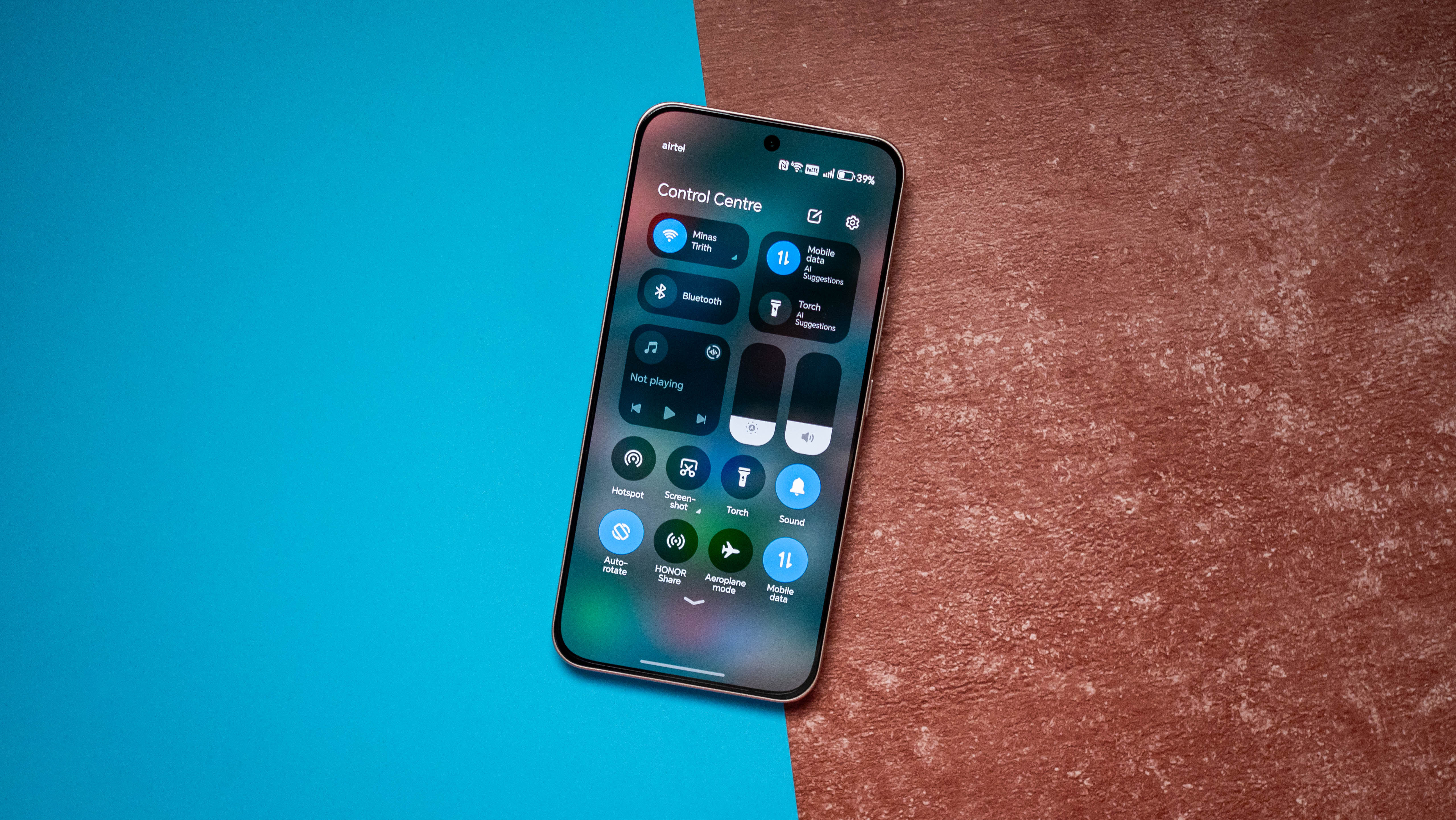
Phone brands are leaning heavily into AI to differentiate their products, and Honor has a definite vision around how this will look on its devices. The brand does a good job with AI utilities in general, and refreshingly, it didn’t limit any features in the Honor 400 — unlike Samsung with the Galaxy A56.
If anything, the device is slated to get a brand-new image to video utility that relies on Google’s Veo 2 engine. Honor has a full-fledged AI suite with the usual tools: real-time translations, audio transcribing, writing assistance, and image as well as video editing. There’s also Honor Connect, a utility designed to make it easier to connect to iPhones.
The phone comes with MagicOS 9.0 based on Android 15 out of the box, and while the interface is broadly similar to previous iterations, there are a few subtle changes that make it a little cleaner. Honor’s devices had longstanding issues with haptics, and the brand is finally addressing those problems.
I didn’t see any problems in day-to-day usability; the interface is fluid, and it has a decent amount of customizability. I’m not a fan of the split notification pane, and I would have liked a unified shade instead. Other than that, it’s just as effortless to use the Honor 400 as the Magic 7 Pro.
In other good news, the phone will get six Android OS updates alongside six years of security updates, and that is in line with the Galaxy A56. In fact, only the Pixel 9a will get more updates in this category, and Honor is clearly winning against its Chinese rivals in this area.
Honor 400: The alternatives
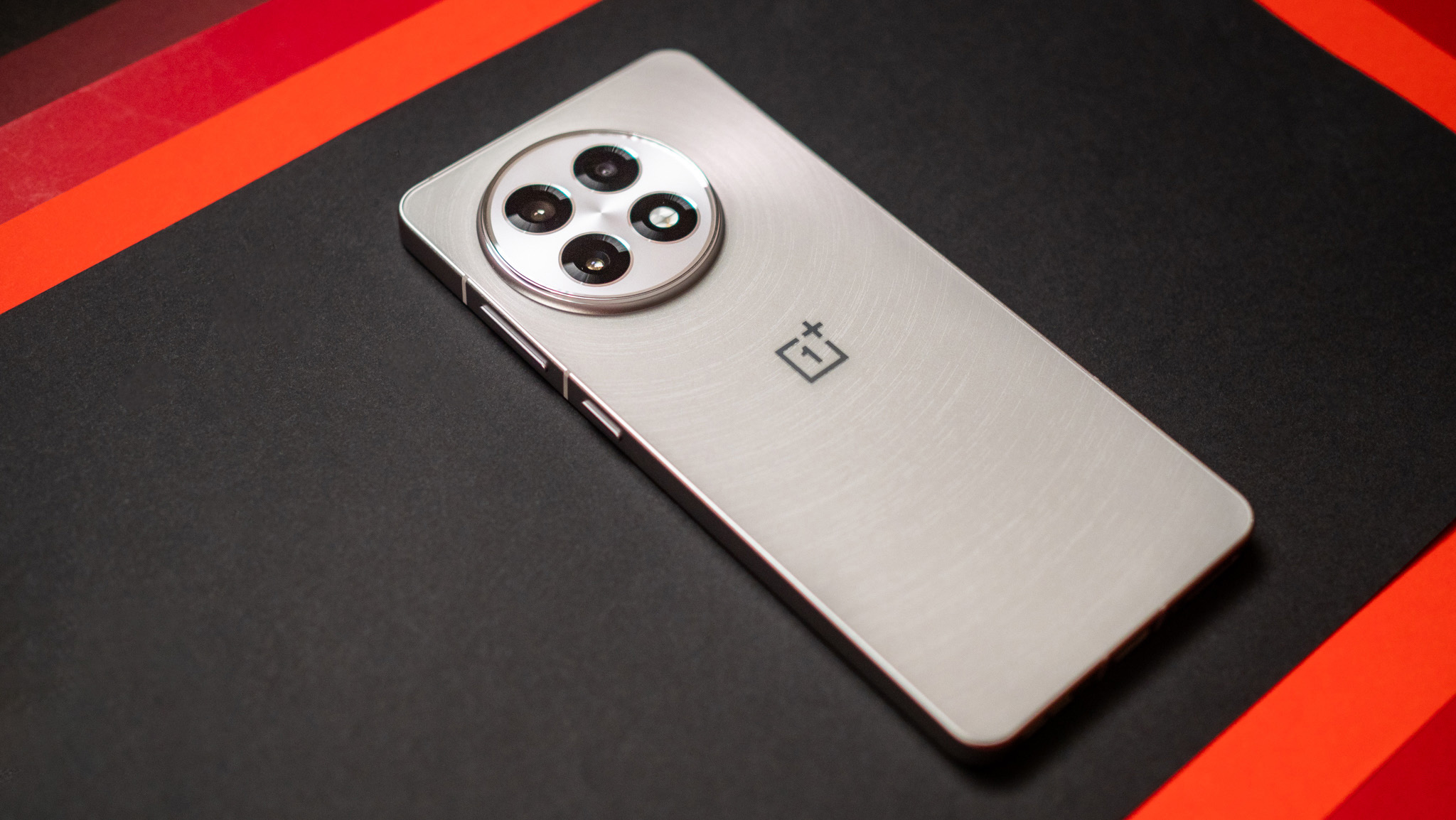
Obviously, the Pixel 9a deserves a mention in this category. Google’s latest mid-ranger has a minimalist design, decent hardware, a bright OLED panel, and fabulous cameras at the back. It also has a clean software with extensive AI features, and it will get an additional software update over the Honor 400.
If you need the best hardware in this category, then you should consider the OnePlus 13R. It has good cameras, a bigger 6,000mAh battery, and decent software. It won’t get as many software updates, but other than that, it is a solid choice if you want a gaming-focused mid-range device.
If you need the best value, the POCO F7 Pro is unmatched. It has high-end hardware and a bright OLED panel with 6,000mAh battery, and it excels as a gaming device. It has decent cameras as well, but the software isn’t as good as the Honor 400, nor will it get as many software updates.
Honor 400: Should you buy it?
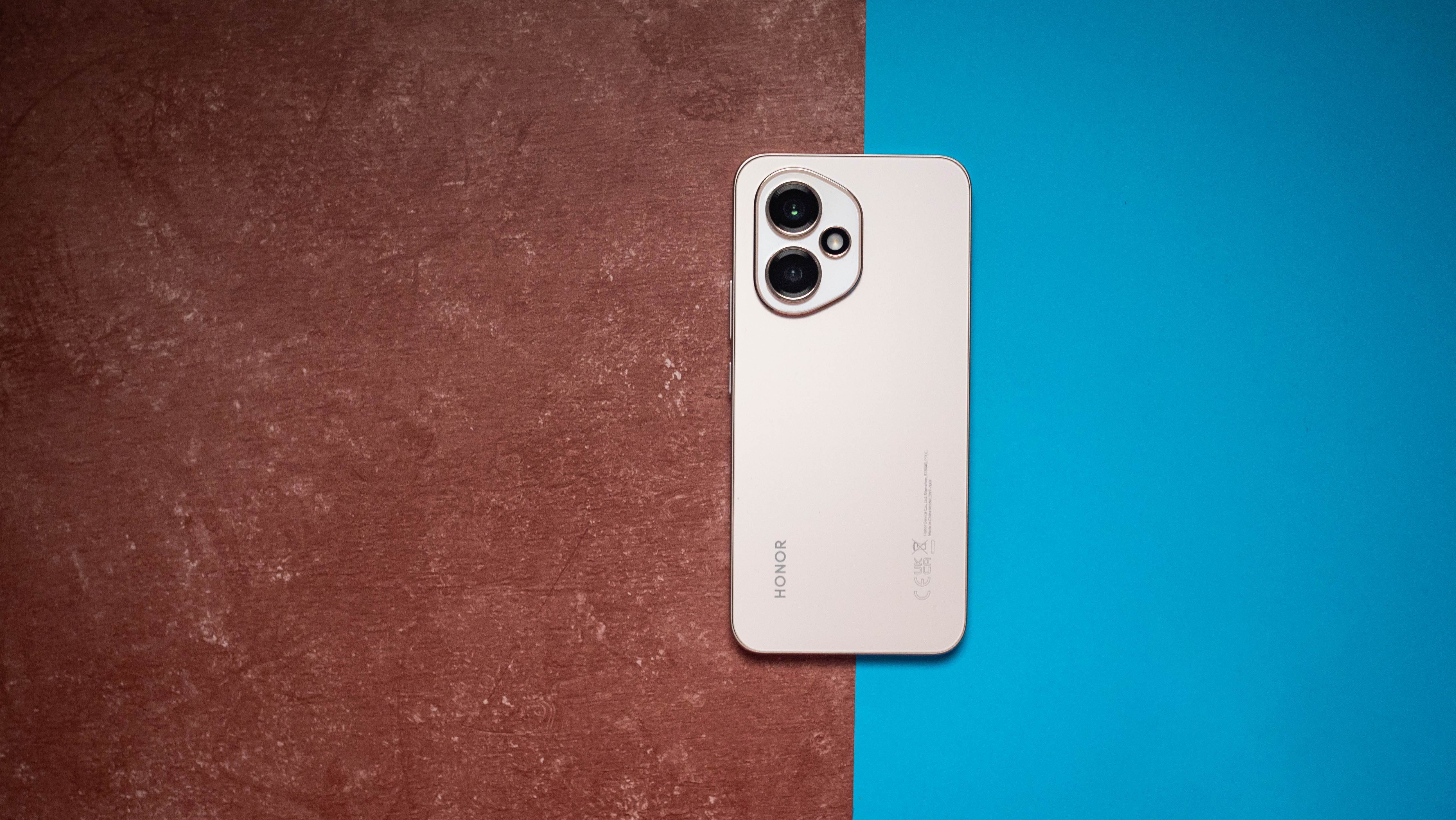
You should buy this if:
- You’re a long-time Samsung user
- You need a phone with a good in-hand feel
- You want great cameras at the back
- You need fast charging and all-day battery life
You shouldn’t buy this if:
- You need a telephoto lens
On the whole, the Honor 400 is a good update to its predecessor. The new camera at the back does a great job with photos in general, and the phone lasts all day with relative ease even though it’s smaller than most of its rivals. The internals aren’t quite up to scratch, and if you want a phone predominantly for mobile gaming, there are much better choices available.
I like what Honor is doing with the software as well, and its AI suite is better than most other brands in this category. Honor is clearly going after Samsung with the device, and after using both, I can safely say that the Honor 400 is a much better choice than the Galaxy A56 in the areas that actually matter.
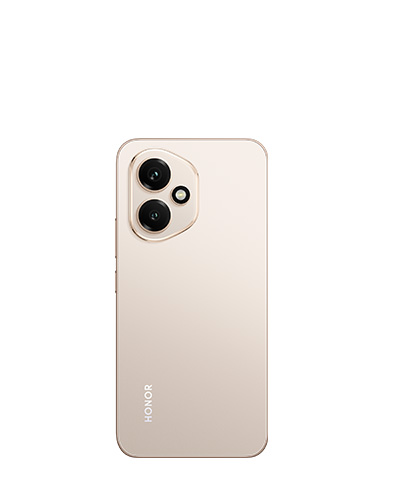
The Honor 400 is much better than the Galaxy A56; it has a brighter OLED panel, better camera at the back, and a bigger battery. If you’re a long-time Samsung user and are in need of a new phone this year, I suggest giving the Honor 400 a go — you’ll love what the phone has to offer.
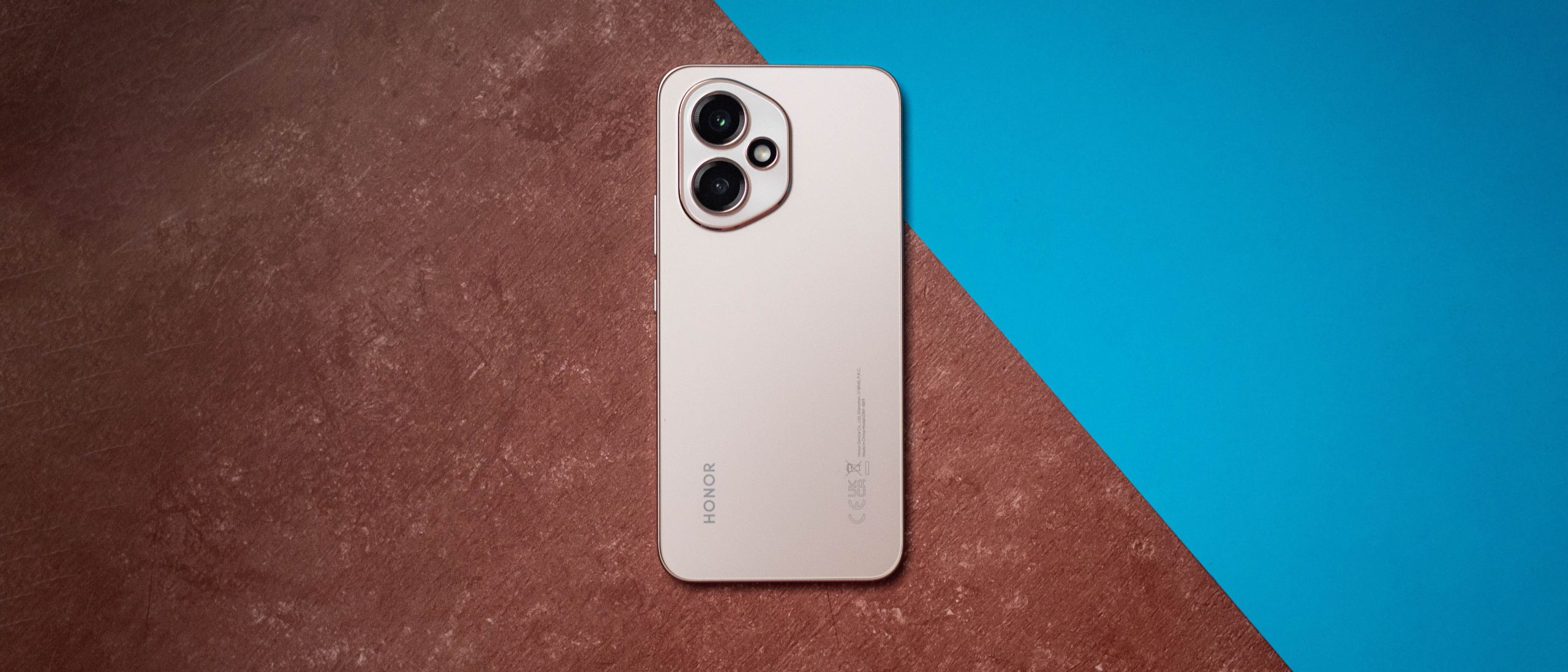

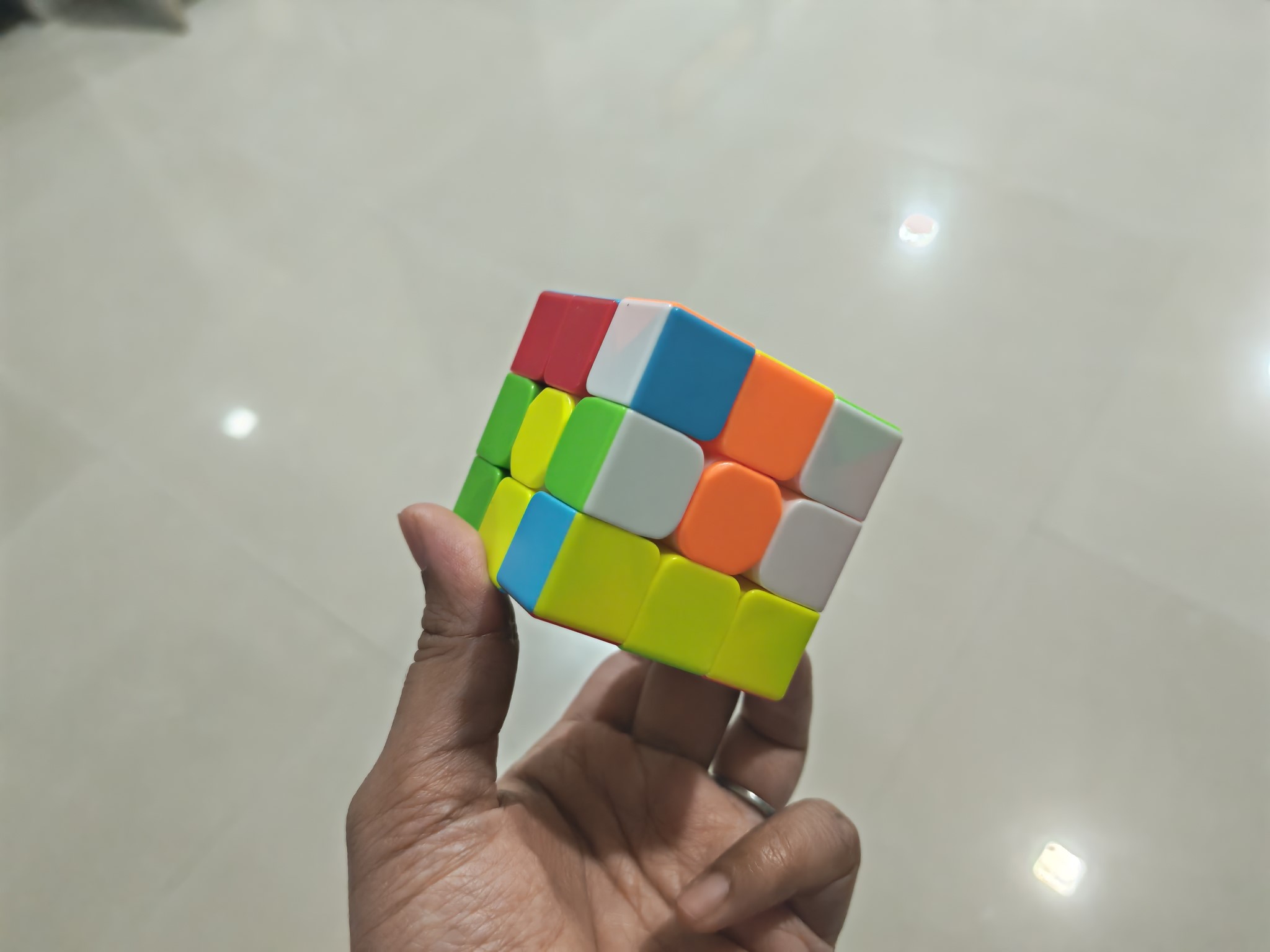








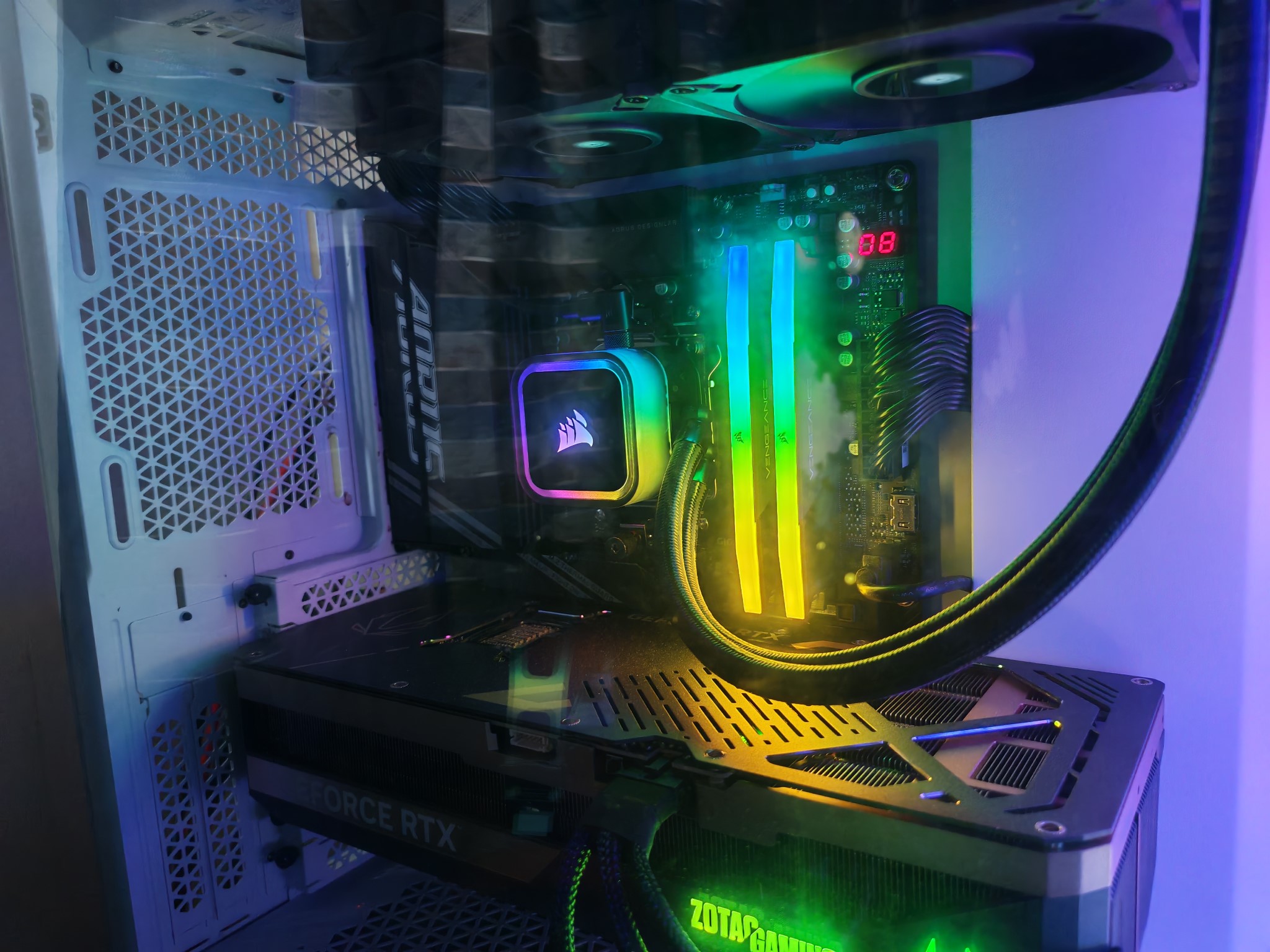
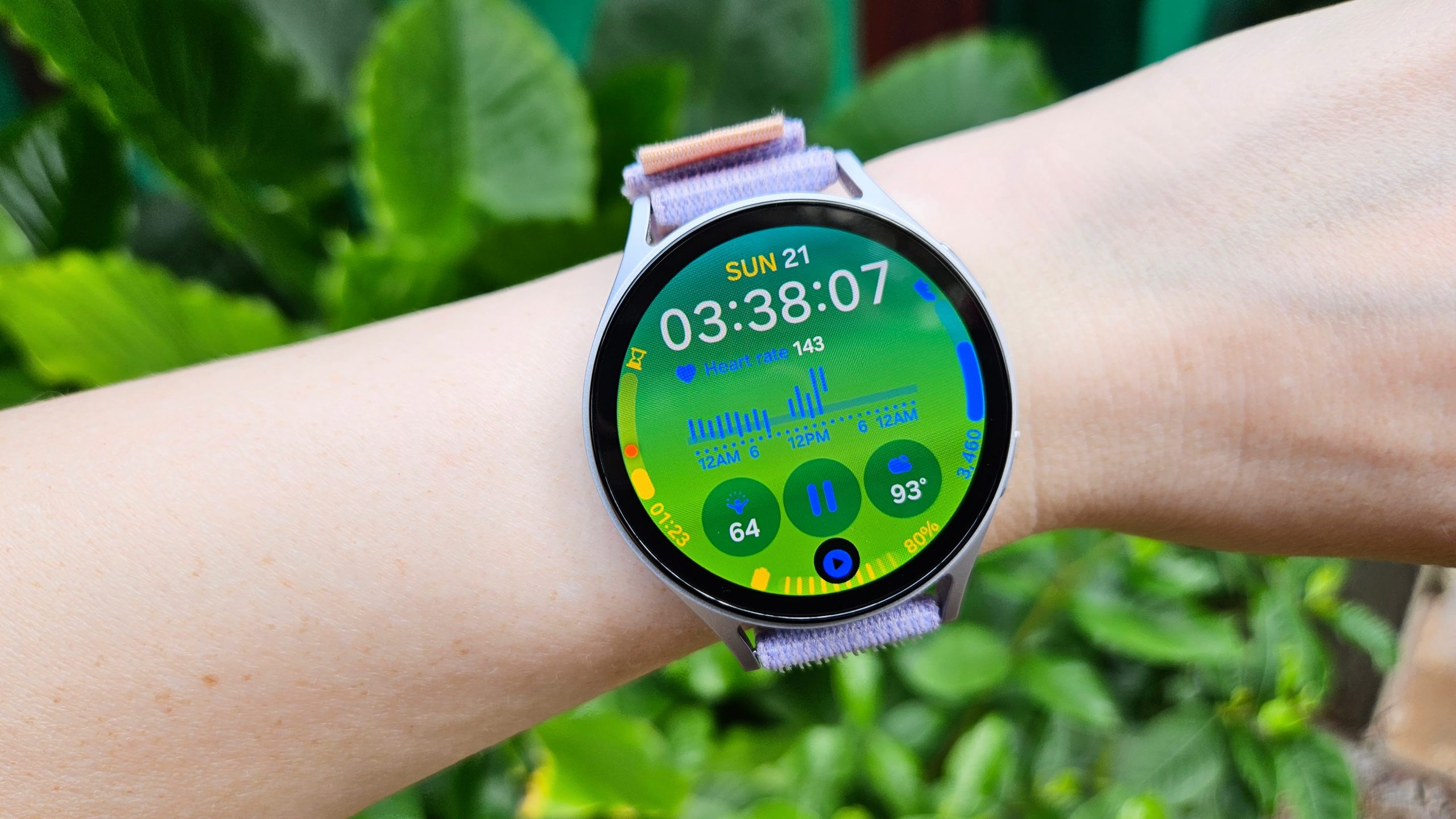
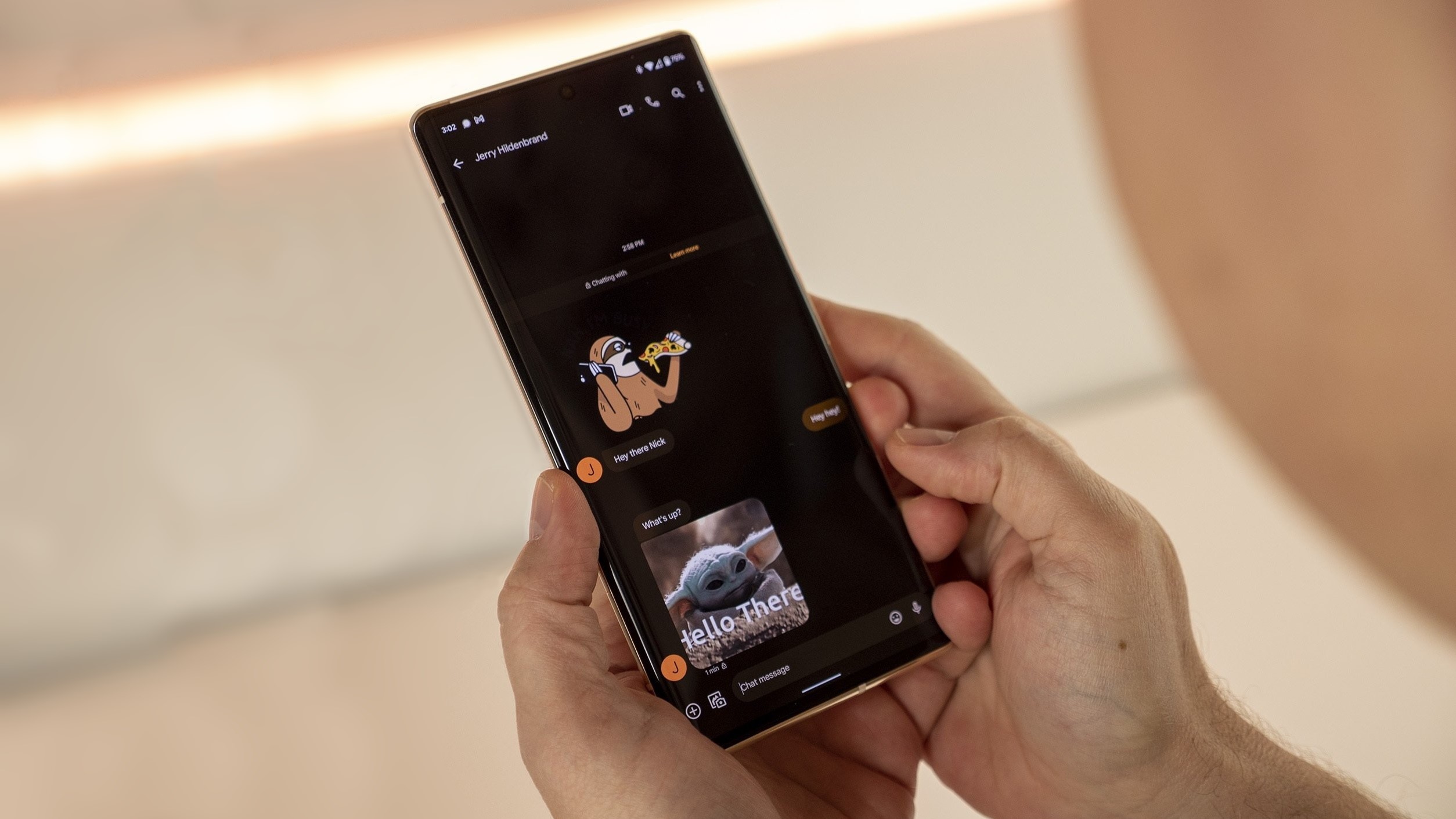





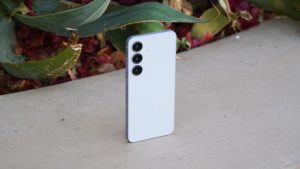



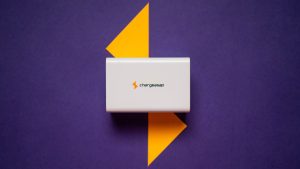
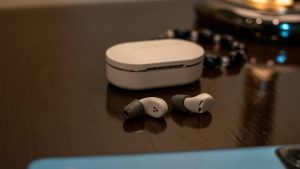
Post Comment